
Although running shoes can put you at risk of toenail fungus there are some simple steps you can take to prevent a toenail fungus infection from your running shoes.
Guns Don’t Kill People...
But flying bullets sure do! Spores are the seeds that give rise to a foot fungus infection. The spores are everywhere. And if they get into your shoes they can grow and multiply. The more fungal spores in your shoes, the more risk of toenail fungus infection.
Active fungus thrives in any environment that is dark, warm and moist...like the inside of your running shoe. Running shoes are the perfect incubators for toenail fungus! If you get spores in there the active fungus starts to grow and sheds even more spores inside your running shoe.
The Real Problem...
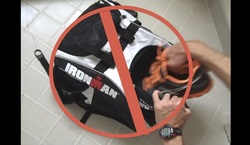
Your damp running shoes will then sit in the dark and any fungus will thrive in that moisture from your sweaty feet. If you run every day, the running shoes never really completely dry out. These are ripe conditions for toenail fungus.
The next day you put on your running shoes and head out the door. Not only is there active fungus within your running shoes but you have fungal spores which are basically the seeds for toenail fungus all lining the interior of your running shoes.
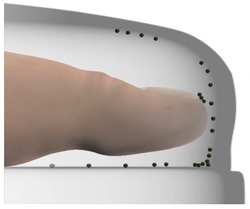
Once that happens the toenail fungus actually grows within the keratin of the nail plate separating all of the layers of the keratin and making the toenail thicker.
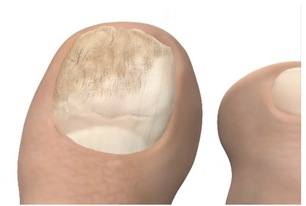
While it is possible to treat the toenail infection and kill the fungus, it is critical that you reduce your exposure to the fungus spores if you want to keep your toenails clear. Remember, you have to stay out of the line of fire if you don’t want to get hit by the bullets.
You must prevent the accumulation of active toenail fungus and fungal spores in your running shoes. If you don't, it will just be a matter of time before you get a fungal foot infection.
The best defense for a runner against toenail fungus is to make sure that you dry your running shoes out completely. Leave them somewhere where they will dry near a heating vent or in the sunlight.
If you are a high mileage runner and run on back-to-back days it might be a good idea to buy 2 pairs of running shoes. Alternate the running shoes so that they have a chance to dry out completely. This won't be any more expensive because the running shoes will last twice as long.
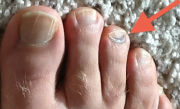
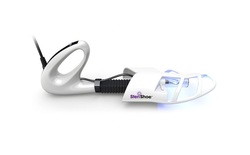
As long as you keep the fungus out of your running shoes and allow your shoes running shoes to dry completely after your workouts you should be able to prevent your toenails from turning yellow as the result of a toenail fungus infection.
 RSS Feed
RSS Feed